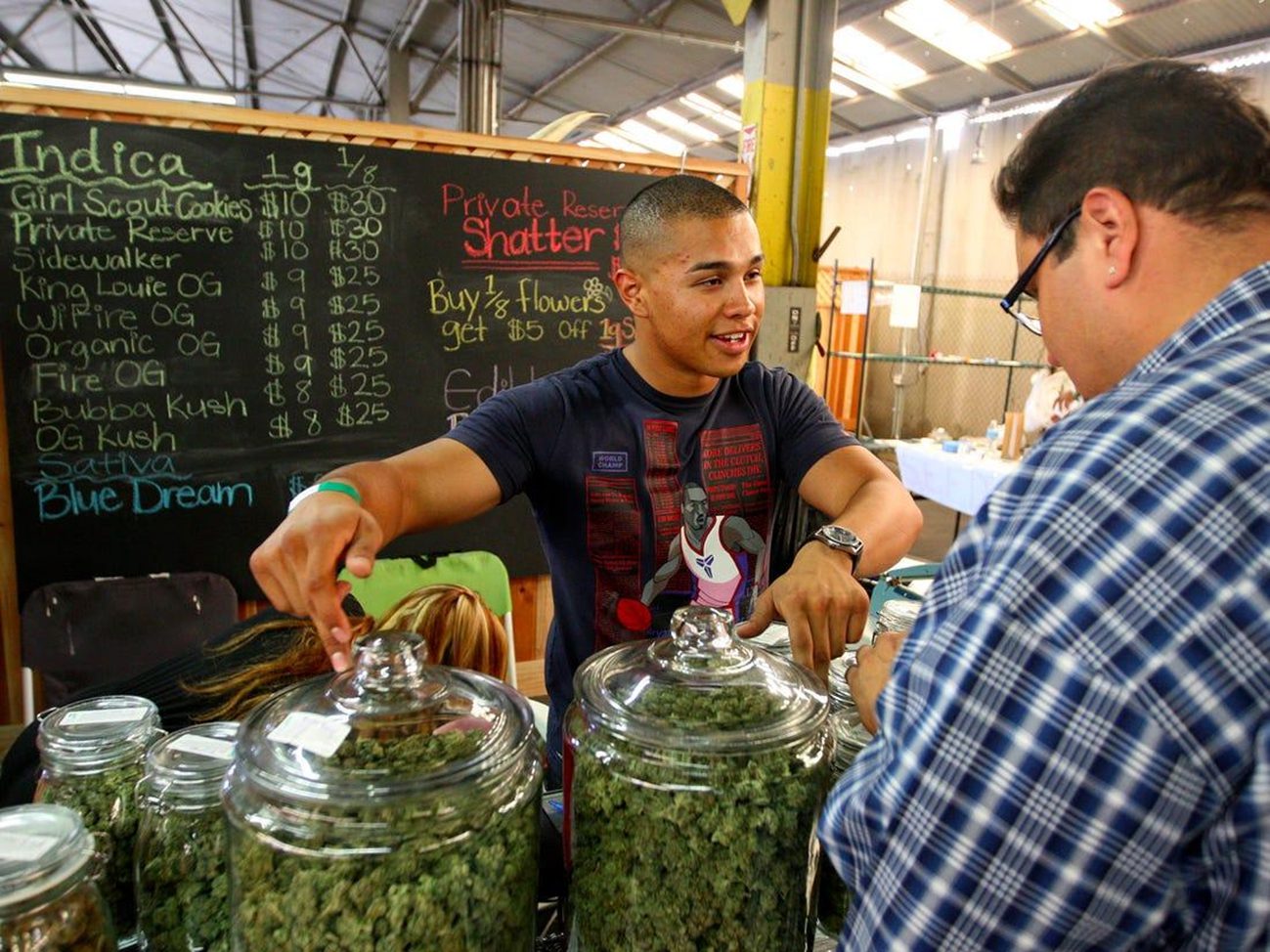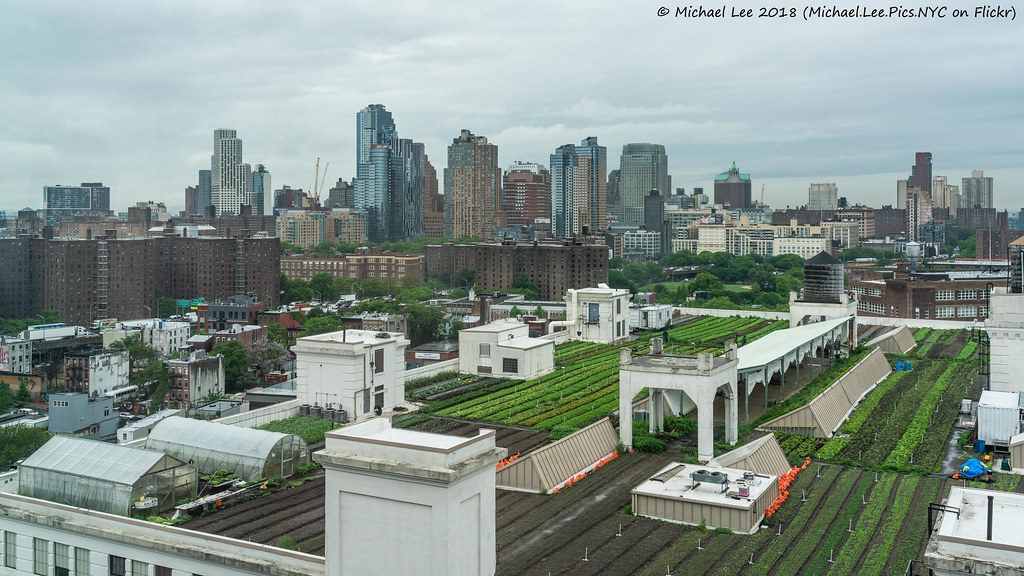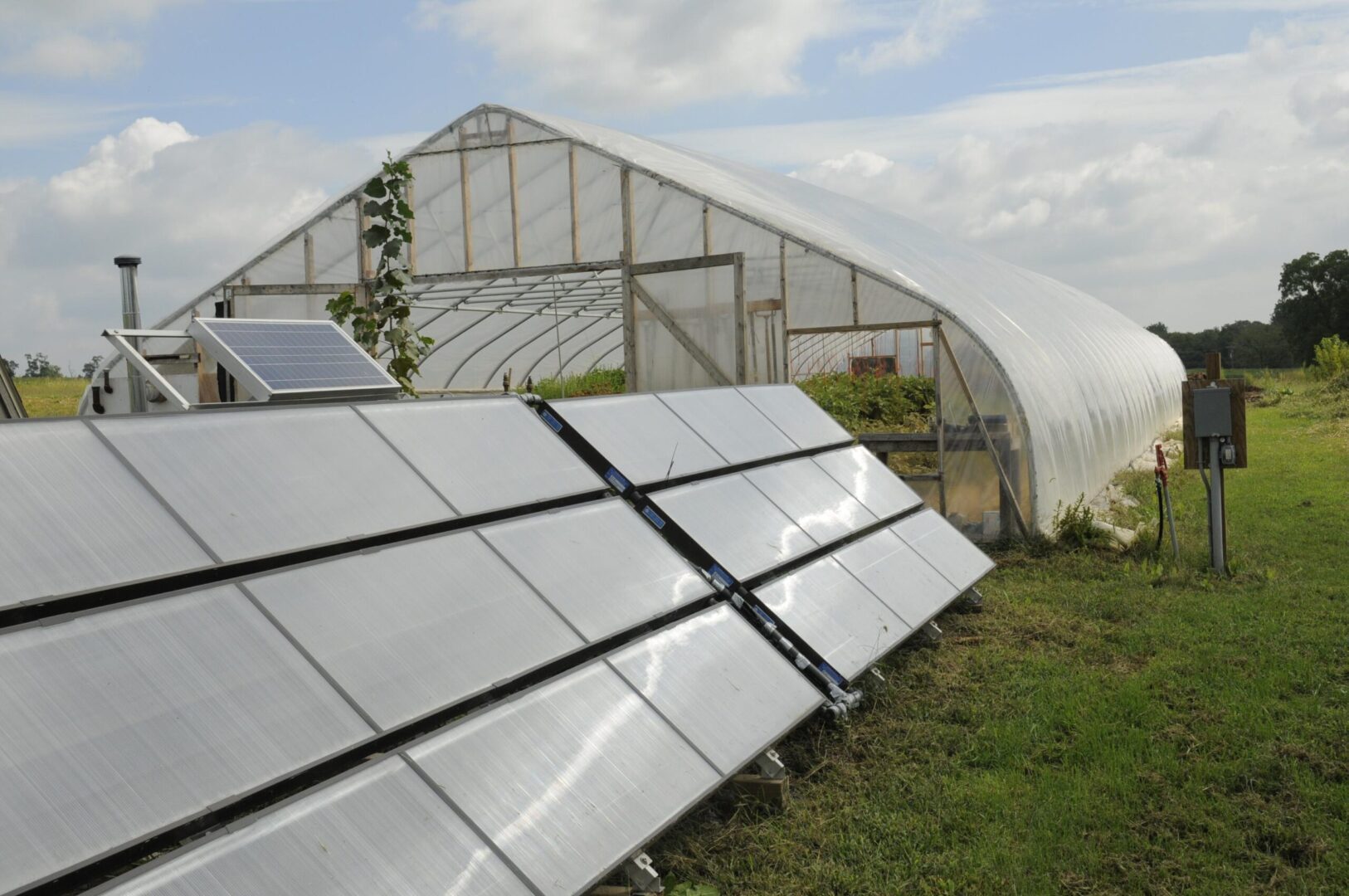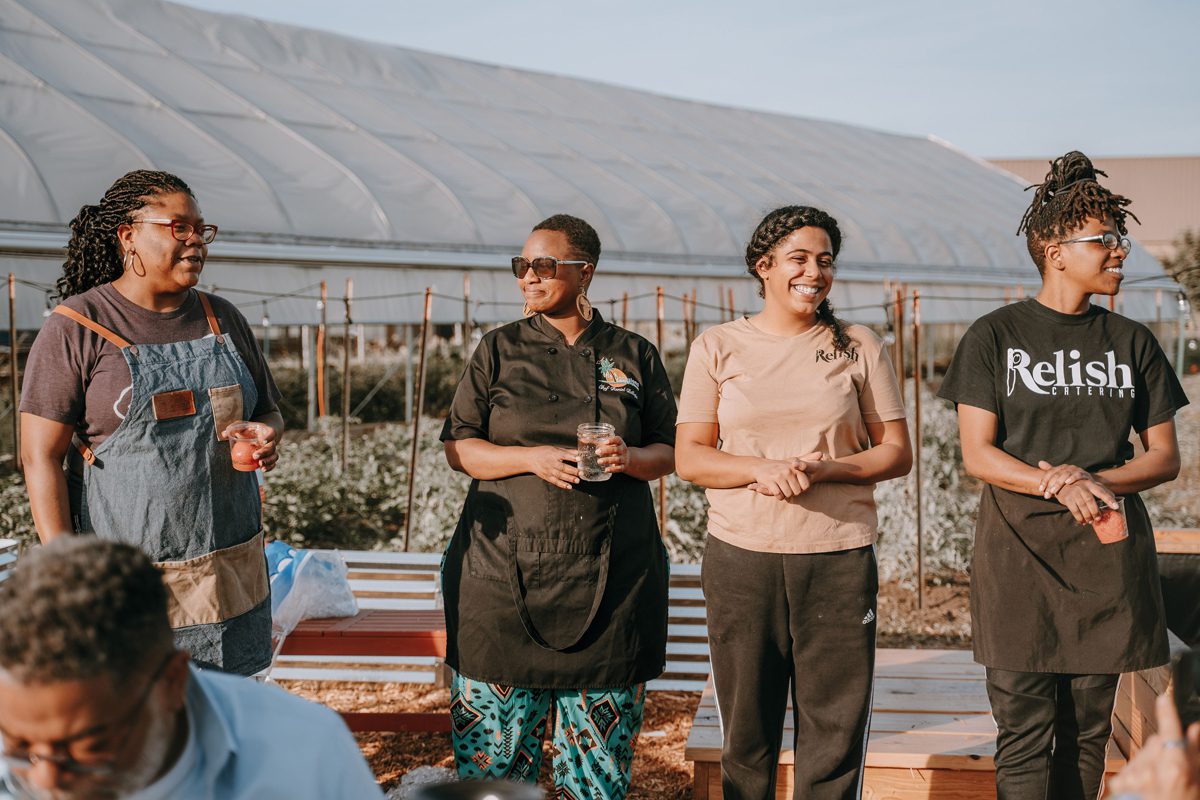As cannabis legalization sweeps across the country, the opportunity for accessing cannabis grows—but only for those who can afford it. The in-depth regulation processes throughout the product cycle increase the price tag at every stage. Ultimately, the consumer takes on the extra expenses when purchasing cannabis products from licensed dispensaries. This inflated cost structure creates a lopsided benefit to the community—with the most significant benefit to those who can afford the extravagant prices. This imbalanced system needs to be addressed so all who may benefit from cannabis will access it. An organized structure created to address unfair systems is not a new idea.Â
Cooperatives (co-ops) were formed for that very reason. Co-ops have been around since the early 1800s: when the industrial revolution started to pick up steam. People clamored into cities, changing the entire food chain from farm-to-table to store-bought goods. This created an unbeneficial system to store patrons, as they had no control over the quality of the food they purchased or each item’s price. “Early co-ops were set up as a way to protect the interests of the less powerful members of society—workers, consumers, farmers, and producers” (History of Co-ops, 2020).

Cannabis farmers markets in LA have faced headwinds from current power players who don’t want their prices to erode from more affordable and equally as good marijuana.
Even today, co-ops are thriving all over the world: allowing community members to not only have a say in the pricing and quality of the goods required for their livelihoods, but they also can have a hand in providing goods to others within their communities.Â
Imagine a world where cannabis was “a good” within a co-op. It could be grown in community gardens, tended by community members, and sold at a reasonable price. Patrons would know precisely what was used to grow the plants, where they were cultivated, and who the cultivators were. This is the future of cannabis—a plant historically known to be community-oriented, grown within a community.
Cannabis Cultivation Setup Guidelines

There are several factors to take into account when planning a cannabis cultivation site. While the size of the location and accessibility for equipment needed to cultivate are large factors, the most important is the environment. Providing the best possible climate for your plants will guarantee a bountiful harvest. Some of the largest factors that will affect the plants’ growth are light, nutrients, carbon dioxide, water, and temperature. These elements are essential for plant photosynthesis. If one of the elements is insufficient or off-balance, the plants’ growth rate, and ultimately the final product, will suffer. (Bugbee, 2020)Â
Cannabis needs high levels of light for peak performance. The plants use light from 350-750 nanometers on the light spectrum. This includes the UV and Far Red wavelengths. To optimize growth, it is recommended that plants receive 500-1000 micromoles of photosynthetic active radiation (PAR) per meter squared, but can receive 1500 plus if all other parameters are dialed in. (Bugbee, 2020)Â
Airflow is essential to the health of the plants; once the plant reaches its vegetative state, a slight breeze from a fan should be gently moving the plants, simulating the wind blowing. This will help strengthen its stocks and prevent any powdery mildew from growing. If the humidity levels are too high and airflow is poor, problems will arise sooner than later.
New York City Cannabis Cultivation – Limited Space
New York City is known for its expensive real estate, which often means fewer real estate options are available at a reasonable price point. When considering space requirements for cannabis cultivation, the good news is the plant actually doesn’t require a lot of space to grow efficiently. “Cannabis is an eager plant that will grow nearly anywhere given the right light and nutrients, making a grow room of any size feasible” (Hennings, 2019).Â
In fact, growing in small spaces has its own benefits, including discreteness due to less equipment noise and a lesser number of plants emitting less smell. “A grow space can be as small as a 2′ x 2′ x 4′ grow tent or as big as a warehouse, but they all have several things in common” (Hennings, 2019). The first requirement is headspace. As the plant matures, it grows taller—requiring adequate space above the plant. Second, space needs to be sterilized from the outside world to create a climate best suited for the plants’ growth. Lastly, it needs a continual exchange of fresh air. With those three elements, a cannabis cultivation site can prove successful anywhere that’s available.
Rooftop Greenhouses and Garden

Brooklyn Grange rooftop farm #2 at Brooklyn Navy Yard building number 3.
Due to the lack of available green space, New York and other cities have taken to rooftop gardening—which is a productive use of rooftop space. However, rooftop cultivation has additional requirements that need to be considered before starting a cultivation site – particularly weight limitations. Rooftops can be ideal in New York since most rooftops have unobstructed access to continual sunlight throughout the days light cycle. Backyards can be a challenge in New York City since many sites are surrounded by other buildings affecting direct sunlight while creating extended shadows.
Necessary Security Measures
Due to the inherent value of cannabis, it’s advised to go above and beyond to implement security measures. While some legal states have required security measure applications, it should be a top consideration when (Prana, 2020) setting up a cultivation operation, regardless of mandates. The leading security measure used by cannabis cultivators is video surveillance—as it’s an inexpensive and effective tool to keep an eye on the cultivation site. If a cultivation site is indoors, a building access control system should be installed. Additional security options are alarm systems with digital notification options and network systems to keep data from being breached and security guards on-site. When considering which security option would be best: the more, the better.
Restrictive Direct Sunlight
Another consideration for urban cultivation is the restrictive direct sunlight due to tall buildings’ shadow casting. While using LED grow lights in a controlled environment is a go-to option to offset lowlight environments, there’s a systematic approach to identify areas best suited for plant growth. To grow cannabis effectively, the plants need approximately 12 hours of sunlight at differing strengths throughout the plants’ growth cycle. When assessing whether a site would be a good location for cultivation, perform a light audit using a light meter. The most critical phase for cultivation is flowering– which requires 50.000 to 75.000 Lux. This is easily determined with a standard Lux Light Meter. A light audit consists of checking light strengths several times throughout a day to ensure it collects the required Lux during the 12-hour period. While all cannabis plants require some sunlight, specific cultivars have been bred to combat harsh and shady climates.

Blue Cheese is bred for harsh temperatures and less than welcoming climates, an ideal outdoor strain in dealing with New York City weather.
While New York City has limited direct sunlight, it also has light pollution that can disrupt the 12-hour darkness requirement during the cannabis flowering stage. Light deprivation greenhouses can provide the cultivator full control of the lighting schedule and the environmental controls. Commercial cannabis cultivators often lean toward greenhouses for their cultivation needs, as they use the sun’s light to aide in growth, use artificial lights when needed, and can light deprive in the case of light pollution. In turn, they cut down on electrical costs while also leaving a smaller environmental footprint than indoor growth. The traditional agriculture industry has been using greenhouses for decades, and the cannabis industry is not far behind.

Many outdoor spaces in New York City have limited direct sunlight; high efficient LED lights may be used to aid in growth while supplementing light.
Cultivation Sustainability Concerns & Opportunities
With issues of climate change front and center, industrial indoor cannabis cultivation is among the nation’s worst offending greenhouse gas polluters. Large-scale hyper-grows designed for maximum yields use 8-times as much electricity per square foot for lighting alone as the average U.S. office building uses for all purposes and 17-times as much as the average U.S. home. To put this in perspective, lighting-related CO2 emissions are 1200-times the final product’s weight or about 3 pounds of CO2 emissions per “joint.”Â
We should not let this happen in New York, especially since it will nullify the July 2019 NY Climate Leadership and Community Protection Act, with its goal of reducing greenhouse gas emissions 85% by 2050.Â
Tell your New York State legislators you care about the environment. Let them know you support legal cannabis that is grown outdoors by small farmers, regeneratively. In contrast to indoor mega-grows, regenerative agriculture helps reverse warming by sequestering carbon in the soil.
Solar Power

Due to the electricity requirements for cultivating cannabis (i.e., lighting, airflow, security cameras, irrigation, etc.)—both indoors and outdoors, solar power is a sustainable option for reducing overall recurring expenses. Solar power ultimately allows cultivators to become electrically independent while also reducing overall costs.
Rainwater Collection
Rainwater collection is another sustainability tool that less impacts the environment while delivering a free water supply during cultivation operations. The most commonly used water storage tanks for cannabis cultivators are high-density polyethylene (HDPE) vertical water tanks. These tanks come in various capacities, from as small as ten gallons to as large as 20,000 gallons. Cultivators often use lower capacity tanks due to their ease of filling, adjusting, and relocating.
Composting
Composting is yet another way to save money but also reduce cannabis cultivation footprints. Not only is composting a way to reuse recycled, organic materials within our environment, it’s also a healthier option for feeding cannabis plants than chemical fertilizer, as too much chemical fertilizer can be very detrimental to plants. The way composting works is organic material decays with the assistance of bacteria created in the decomposition process.

By The Numbers
New York State has an opportunity to learn from other state’s successes and failures. In these challenging and unprecedented economic times, we must think creatively to preserve our own communities and support our state and local governments. When $1,000 dollars is spent at a food co-op, $1,604 is generated in the local economy. 38% of a food co-op’s revenue is spent locally – 19% being spent on local wages and benefits while doing 2 ½ times more business with local farms and producers. Suffice to say that a cannabis co-op in New York City, within the 5 boroughs, in potentially the largest cannabis market in the world, can afford similar opportunities exponentially.
“Imagine the cannabis industry in New York filled with small craft farmers using earth-friendly and regenerative farming practices, thriving micro and small businesses throughout the state and an opportunity for ordinary New Yorkers to participate in this new industry.†(NY Small Farma)

Imagine cannabis as a catalyst for social, economic, and environmental justice. YOU can help make it happen.

